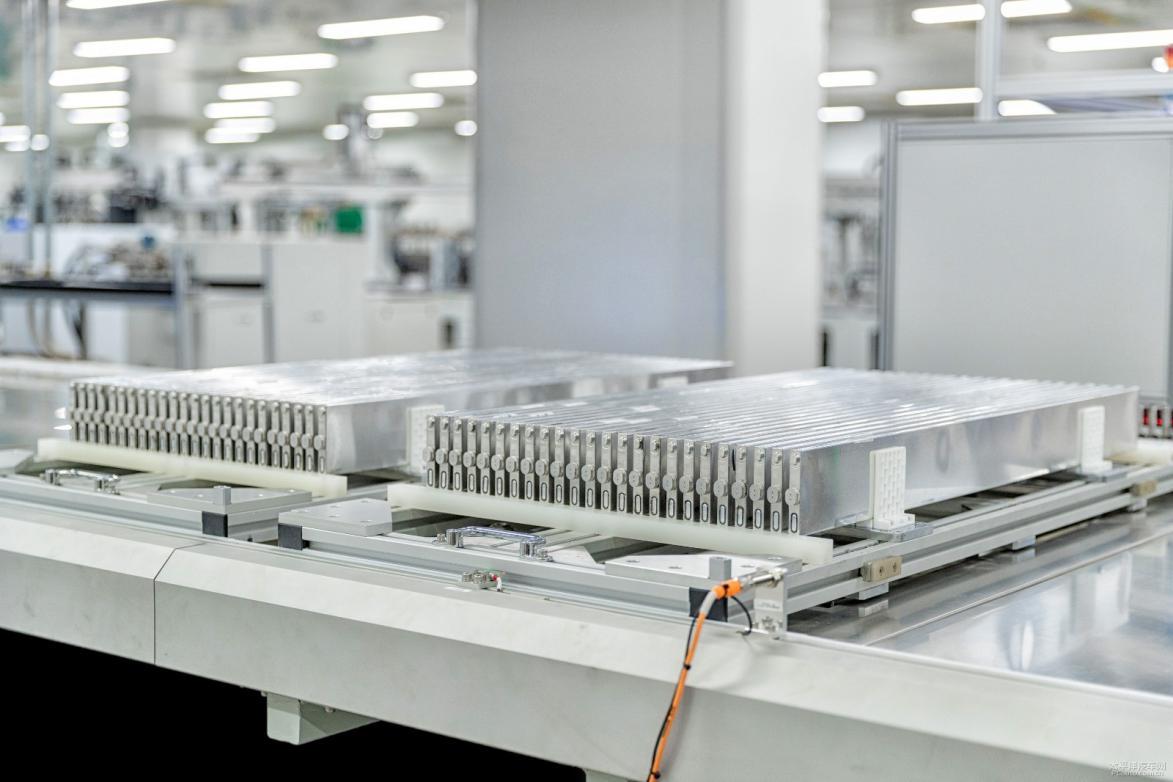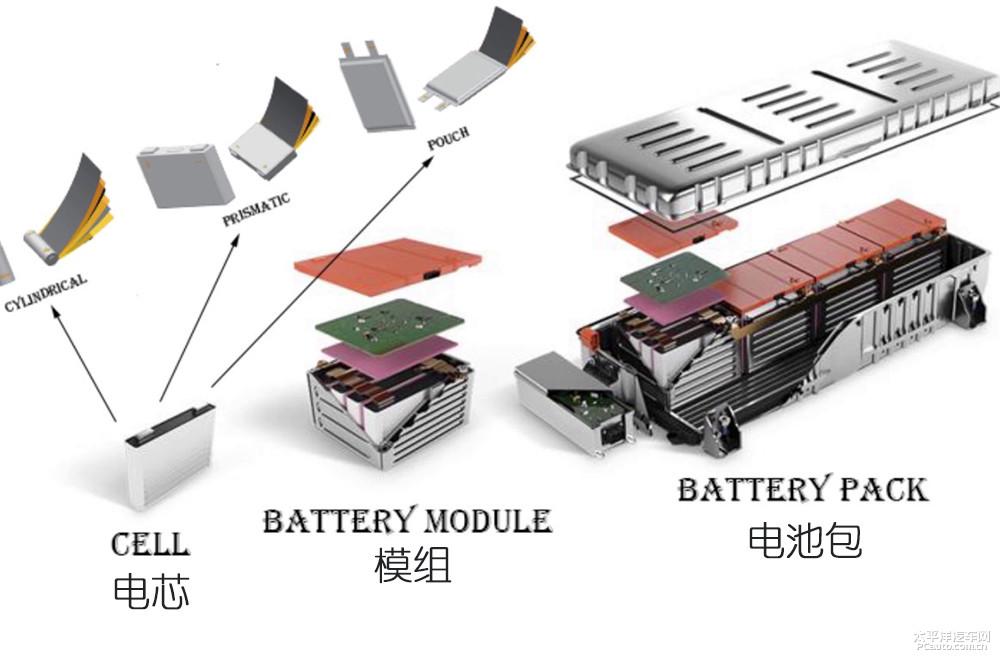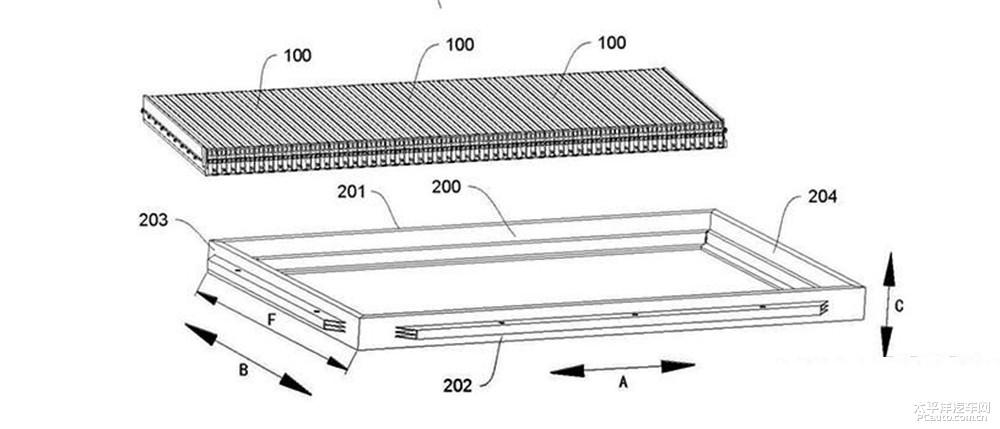Understanding BYD's Blade Battery: Safety and Innovation
 Kevin WongFeb 23, 2024, 07:25 PM
Kevin WongFeb 23, 2024, 07:25 PM
When it comes to BYD's blade battery, touted as a safer alternative, what sets it apart?
Here are two key points to grasp from this technical piece.
1. What exactly is a blade battery?
A blade battery represents a battery structure that enhances volume utilization by altering the layout of battery cells. Compared to conventional battery packs of the same size, blade batteries offer larger capacities and translate to extended range capabilities.
2. What lies at the core of blade battery safety?
Blade battery safety hinges on the use of lithium iron phosphate (LFP) batteries, perging from the widely used ternary lithium batteries in passenger vehicles. LFP batteries exhibit superior stability.
So, what exactly is BYD's blade battery?
Traditional electric vehicle (EV) battery packs typically consist of modules composed of multiple battery cells. These modules are then assembled onto a casing with crossbeams and longitudinal beams, forming a battery pack. This three-tier assembly model, from cells to modules to the casing, occupies valuable space within the battery pack, limiting energy density improvement.
On the other hand, the "blade battery" employs the Cell to Pack (CTP) design, eliminating the intermediate module stage by directly integrating battery cells into the battery pack. Disassembling the battery pack of the BYD Atto3 reveals a stack of inpidual batteries measuring one meter in length, ten centimeters in width, and less than two centimeters in thickness. These batteries are tightly arranged, resembling "blades" inserted into the battery pack, hence the name "blade battery."
Moreover, the internal structure of the battery pack minimizes crossbeams or longitudinal beams, with the thin, blade-like LFP batteries contributing to the overall structural strength of the pack. Consequently, the limited space within the battery pack allows for the installation of more battery cells, significantly enhancing volume utilization and overall pack capacity. Under the premise of using LFP cells, the blade battery structure elevates the capacity/range of LFP batteries to the same level as ternary lithium batteries.
Thus, the critical challenge that has long plagued the development of LFP batteries in the passenger vehicle sector has been addressed. A major drawback of LFP batteries is their low energy density, resulting in conventional battery packs using LFP being much larger than those using ternary lithium batteries for the same 600km pure electric range. However, while ternary lithium batteries boast high energy density, their stability is inferior, consequently compromising safety.
Why not use ternary lithium batteries for blade batteries?
In fact, ternary lithium batteries can also be configured into a blade battery structure. However, the main reason BYD did not opt for the ternary lithium route lies in its inferior heat resistance compared to LFP materials. To compensate for the poor thermal safety of ternary lithium batteries, more space needs to be allocated for firewalls in battery pack design.
What advantages does using LFP cathode material offer? Among the two mainstream battery materials commonly used in EVs, LFP possesses four major advantages: high ignition temperature, slow heat release, minimal heat generation, and the absence of oxygen release during decomposition, making it difficult to ignite. For instance, at 500°C, the structure of LFP material remains stable, whereas ternary lithium material undergoes decomposition at around 200°C, triggering a vigorous chemical reaction that releases oxygen molecules, leading to thermal runaway.
However, LFP material also has its limitations. In extremely low-temperature environments, ternary lithium exhibits significantly higher discharge capacity than LFP. At -20°C, the discharge capacity of LFP is considerably reduced. Additionally, under conditions of low temperature and low state of charge, the charging power of LFP is lower than that of ternary lithium, making low temperatures the nemesis of LFP.
Nevertheless, such concerns are unwarranted in our driving environment, as extreme low-temperature conditions are non-existent, alleviating worries about battery performance degradation.
If any infringement occurs, please contact us for deletion
Trending News

2026 Toyota Hilux Travo released, the brand-new exterior and interior are highly anticipated
If you're considering buying a Hilux, honestly, the comprehensive innovations in the ninth generation are worth waiting for. While the current model might still have some advantages in terms of reliability and price, the new model offers significant changes in terms of exterior and interior luxury, tech features, and powertrain options.

Perodua Traz VS Ativa, which one is more worth buying?
Traz, as a newly launched mid-sized SUV, offers more spacious room and mainstream power compared to small SUVs, but its pricing appears slightly higher than that of Ativa. Ativa, on the other hand, is Perodua's long-time best-selling small SUV with more affordable pricing and a balanced combination of power and tech features.

Which one is better, Honda City or Toyota Vios?
When choosing a compact sedan, Honda City and Toyota Vios are often two options that make people weigh repeatedly. You might be attracted to the dynamic design of the Vios but also be captivated by the City.

Perodua Myvi and Bezza may undergo major upgrades in 2026
After the update, the Bezza will no longer be just a low-cost alternative but a core model in the Perodua system with greater market competitiveness and brand premium potential. The upgrade of the Myvi is not to be unconventional but to strengthen the brand and market, ensuring that the Myvi continues to maintain its irreplaceable position in the new round of product competition.

Perodua Traz VS Toyota Yaris Cross, where does the Traz fall short?
Before the official launch of the Perodua Traz, market expectations were actually very high because it shares the same DNGA platform as the Toyota Yaris Cross. However, sharing the same platform does not equate to the same experience, and the Traz's final performance has indeed been disappointing. Perhaps it is precisely because of the delayed launch that it has almost no competitiveness in the current competitive environment.
Popular Cars
Model Year
Car Compare
Car Photo




